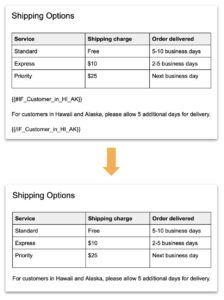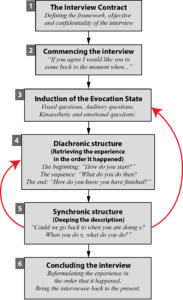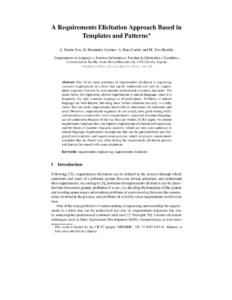Embarking on a Salesforce implementation journey? Gathering detailed and comprehensive requirements is paramount for project success. A tailored Salesforce requirements gathering template empowers you to capture essential information, ensuring your solution aligns seamlessly with your business objectives. This article provides an in-depth guide to using a Salesforce requirements gathering template, helping you navigate the process smoothly.
A well-structured template acts as a roadmap, guiding stakeholders through the requirements elicitation process. It ensures consistency, completeness, and clarity, minimizing the risk of omissions or misunderstandings. By providing standardized fields and sections, the template streamlines the collection and organization of requirements, making the process more efficient and effective.
Step-by-Step Guide to Using a Salesforce Requirements Gathering Template
A Salesforce requirements gathering template typically consists of several sections. Begin by outlining the project’s background and objectives, clearly defining the scope and purpose of the Salesforce implementation. Next, identify the stakeholders involved in the project, including users, managers, and subject matter experts. Each stakeholder’s perspective and input are crucial for capturing a holistic understanding of the requirements.
The core of the template focuses on gathering detailed functional requirements. This involves breaking down the business processes into specific tasks and documenting the desired system behavior for each task. Consider the inputs, outputs, and user interactions associated with each process. Capture both current and future state requirements, ensuring the solution aligns with evolving business needs.
Non-functional requirements are often overlooked but are equally important. These requirements address aspects such as performance, security, scalability, and user experience. Clearly define the expected levels of performance, data protection measures, and the desired user interface for the Salesforce solution. By considering both functional and non-functional requirements, you create a comprehensive blueprint for the system.
Finally, the template should include a section for documenting any assumptions or constraints that may impact the project. Identify any limitations, dependencies, or external factors that could affect the implementation or functionality of the Salesforce solution. Addressing these upfront helps avoid surprises and ensures a realistic understanding of the project’s scope.
Additional Considerations for Effective Requirements Gathering
Effective requirements gathering extends beyond using a template. Here are a few additional considerations:
Stakeholder Engagement: Actively engage stakeholders throughout the process, involving them in requirements workshops, interviews, and review sessions. Their insights and feedback are invaluable for capturing a complete and accurate picture of the desired solution.
Iteration and Refinement: Requirements are not static; they evolve as the project progresses. Plan for regular reviews and updates to the requirements gathering template, incorporating feedback and adjusting the solution as needed. This iterative approach ensures the solution remains aligned with changing business needs.
Communication and Documentation: Maintain clear communication throughout the project, keeping stakeholders informed of progress and soliciting their feedback. Document all requirements and assumptions meticulously, creating a shared understanding and reducing the risk of misunderstandings.
By following these guidelines and leveraging a Salesforce requirements gathering template, you can effectively capture the necessary information to drive a successful Salesforce implementation. Remember, a well-defined set of requirements is the cornerstone of a solution that meets the unique needs of your organization.
Conclusion
A Salesforce requirements gathering template is an indispensable tool for capturing the vital information needed to implement a successful Salesforce solution. By utilizing a template and following best practices, you streamline the process, ensure completeness, and create a solid foundation for project success. Remember, the quality of your requirements directly impacts the effectiveness of your Salesforce implementation.


